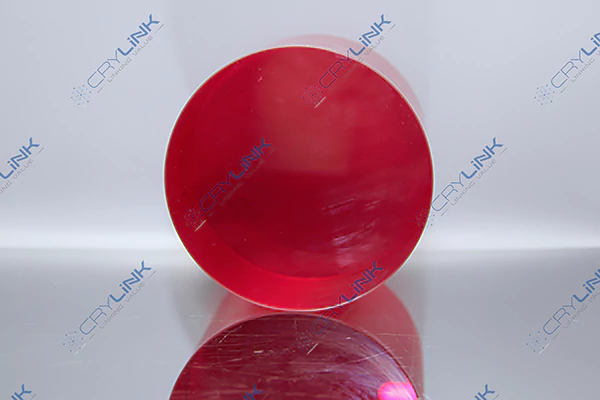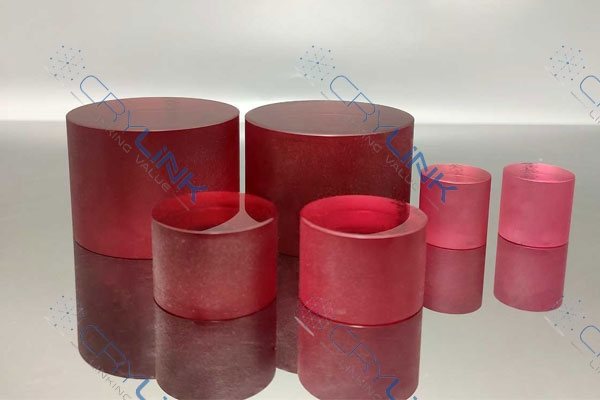Introduction
In the dynamic landscape of photonics, ultrafast lasers stand as titans of innovation, driving advancements in both the scientific and industrial arenas. These remarkable devices are known for their ability to generate pulses of light that are measured in femtoseconds—a femtosecond is to a second what a second is to about 31.7 million years. Such a fleeting snapshot of time allows scientists and engineers to observe and manipulate physical phenomena on the scale of electrons’ motion within atoms, a frontier once deemed impenetrable.
The significance of ultrafast lasers transcends the confines of basic science. In industry, they enable the precision machining of materials to tolerances that were previously unattainable, fostering developments in semiconductor manufacturing, micro-electromechanical systems, and medical device fabrication. Their application in medical diagnostics and therapeutics, such as in high-resolution imaging and minimally invasive surgery, underscores a revolution in healthcare, offering treatments with unprecedented precision and minimal collateral damage.
The pivotal enabler of this technological marvel is the titanium-sapphire (Ti:sapphire) crystal. Introduced in the latter part of the 20th century, Ti:sapphire has since redefined the boundaries of ultrafast laser technology. This synthetic crystal is a variant of sapphire—the single-crystal form of corundum (Al2O3)—that is doped with titanium ions. It’s these ions that bestow the crystal with its characteristic wide bandgap, permitting the generation of laser light over a broad range of wavelengths.
The backstory of Ti:sapphire is one of serendipity and ingenuity. Its discovery as a suitable gain medium for ultrafast lasers was not a product of targeted design, but rather an evolution of understanding and experimentation with various crystal hosts. Once recognized for its potential, Ti:sapphire quickly became the material of choice for researchers striving to push the limits of pulse duration and power in laser systems, setting the stage for a new era of technological breakthroughs that continue to ripple through numerous fields of human endeavor.
Basic physical properties of titanium sapphirer crystals

Titanium-sapphire (Ti:sapphire) crystals exhibit a unique set of physical characteristics that underpin their utility in ultrafast laser applications. Structurally, Ti:sapphire is a sapphire-based crystal, doped with titanium ions, which replace some of the aluminum ions in the sapphire lattice. This substitution is responsible for the crystal’s remarkable laser properties, as the titanium ions introduce allowed energy levels within the forbidden bandgap of sapphire.
Optically, Ti:sapphire is distinguished by its exceptionally wide absorption and emission bands, spanning roughly from 650 to 1100 nanometers. This wideband capability is pivotal, as it allows for the tuning of the laser over a broad range of frequencies, accommodating various research and industrial needs. The broad emission band also enables the generation of ultra-short pulses—a defining characteristic of ultrafast lasers.
Additionally, the nonlinear optical properties of Ti:sapphire are central to its performance. The crystal exhibits a high nonlinear refractive index, facilitating a range of nonlinear interactions such as self-phase modulation and second-harmonic generation. These interactions are essential for pulse shaping and compression, allowing the production of the shortest pulses physically possible. Consequently, the intrinsic physical properties of Ti:sapphire make it the cornerstone of contemporary ultrafast laser technology.
Role of Titanium-Sapphire Crystals in Ultrafast Lasers
Function as a Gain Medium
At the heart of an ultrafast laser lies the gain medium, the critical component that amplifies light to generate laser beams. Titanium-sapphire crystals excel in this role due to their wide and efficient absorption spectrum. When a Ti:sapphire crystal is pumped with light, typically from a green laser such as a frequency-doubled Nd:YAG laser, it absorbs this energy and re-emits it in the form of amplified light. The energy levels introduced by the titanium doping are adept at storing and releasing energy, a process that is fine-tuned to produce the desired laser output.
Capability to Generate High Power Lasers
Ti:sapphire’s wide absorption band not only allows for broad tunability but also facilitates the generation of high-power lasers. The crystal’s ability to withstand high pump powers without suffering from damage is a fundamental property that makes it a go-to material for high-power applications. Its superior thermal conductivity and damage threshold ensure that the crystal can handle the intense conditions required for high-power laser generation without degrading.
Mechanism Supporting Ultra-short Pulse Generation
Ultra-short pulse generation is achieved through a process known as mode-locking, where multiple resonant modes of the laser cavity are synchronized to interfere constructively, producing a coherent pulse with durations as short as tens of femtoseconds. Ti:sapphire crystals are particularly suited for this task due to their broad emission bandwidth, which allows for the amplification of a wide range of frequencies simultaneously. This broad bandwidth is essential for producing the extremely short pulses characteristic of ultrafast lasers, enabling precision applications that range from micromachining to eye surgery.
Factors of Titanium-Sapphire Crystals Affecting Laser Performance
Impact of Crystal Size on Power
The dimensions of titanium-sapphire crystals play a pivotal role in the power scalability of lasers. Larger crystals can sustain higher pump energies, which are essential for producing higher power outputs. However, an increase in crystal size can introduce challenges such as the management of thermal gradients and beam quality. Thus, while larger Ti:sapphire crystals can lead to more powerful lasers, they require meticulous design considerations to optimize their lasing performance and maintain beam integrity.
Doping Concentration’s Effect on Efficiency and Bandwidth
The concentration of titanium doping within the sapphire matrix significantly influences the efficiency and the spectral bandwidth of the laser. Optimal doping levels are crucial; too little doping and the crystal will not absorb enough pump energy, too much and it can lead to increased losses and reduced thermal conductivity. The right balance ensures maximum efficiency and a broad bandwidth, enabling the generation of short pulses with high energy.

Temperature Management and Performance
Temperature control is essential for the performance of Ti:sapphire lasers. Excessive heat can lead to a decrease in efficiency due to increased thermal lensing and birefringence effects within the crystal. Effective cooling systems are therefore integral to maintaining the crystal at an operational temperature, ensuring steady performance and longevity of the laser system. Managing the thermal load is critical in high-power systems where the crystal can be subject to intense pump energies that generate significant heat.
Performance Optimization of Titanium-Sapphire Crystals
Advancements and Novel Doping Techniques
Technological advancements have led to innovative methods of doping titanium-sapphire crystals to enhance their performance. New doping techniques aim to increase the uniformity of the titanium distribution within the sapphire matrix, which can significantly improve the efficiency and quality of the laser output. By optimizing the doping process, researchers have been able to reduce inhomogeneities that lead to scattering and absorption losses, thus achieving higher power outputs and more stable laser operation.
Pulse Compression and Expansion Technologies
Pulse compression and expansion are critical in the realm of ultrafast lasers to produce the shortest and most intense light bursts. Developments in chirped pulse amplification (CPA) technology, where a laser pulse is stretched in time before amplification and then recompressed to a shorter duration, have greatly benefited from the broad bandwidth of Ti:sapphire crystals. These advancements enable the amplification of pulses to higher energies without damaging the crystal, followed by compression to near-transform-limited pulse durations, allowing for incredibly precise and powerful laser applications.

Applications in High Repetition-Rate Laser Systems
The use of Ti:sapphire crystals in high repetition-rate laser systems has expanded their applicability in both research and commercial fields. High repetition rates are desirable for many applications, such as material processing and fast data acquisition in scientific experiments. The thermal properties of Ti:sapphire, coupled with advanced cooling techniques, have made it possible to operate at high repetition rates without compromising the quality of the output beam, thereby opening up new avenues for ultrafast laser utilization.
Conclusion
Summary of Titanium-Sapphire’s Contribution to Ultrafast Laser Technology
Titanium-sapphire crystals have been instrumental in the progression of ultrafast laser technology. Their broad gain bandwidth enables the generation of the shortest pulses known in laser physics, facilitating groundbreaking research and diverse industrial applications. The ability to produce high-power beams with precision and the versatility offered by Ti:sapphire’s thermal and nonlinear optical properties underscore its pivotal role. As laser technology advances, the continued optimization of Ti:sapphire crystals promises to further elevate the capabilities of ultrafast lasers, reinforcing their status as a cornerstone in the field of photonics.

Frank
Frank graduated from the University of Shanghai for Science and Technology, majoring in optics. As a technical engineer at Crylink Company, he deeply understands crystal materials and laser components.
Related Video(s) with this Article
Related Product(s) with this Article
Related Application(s) with this Article

